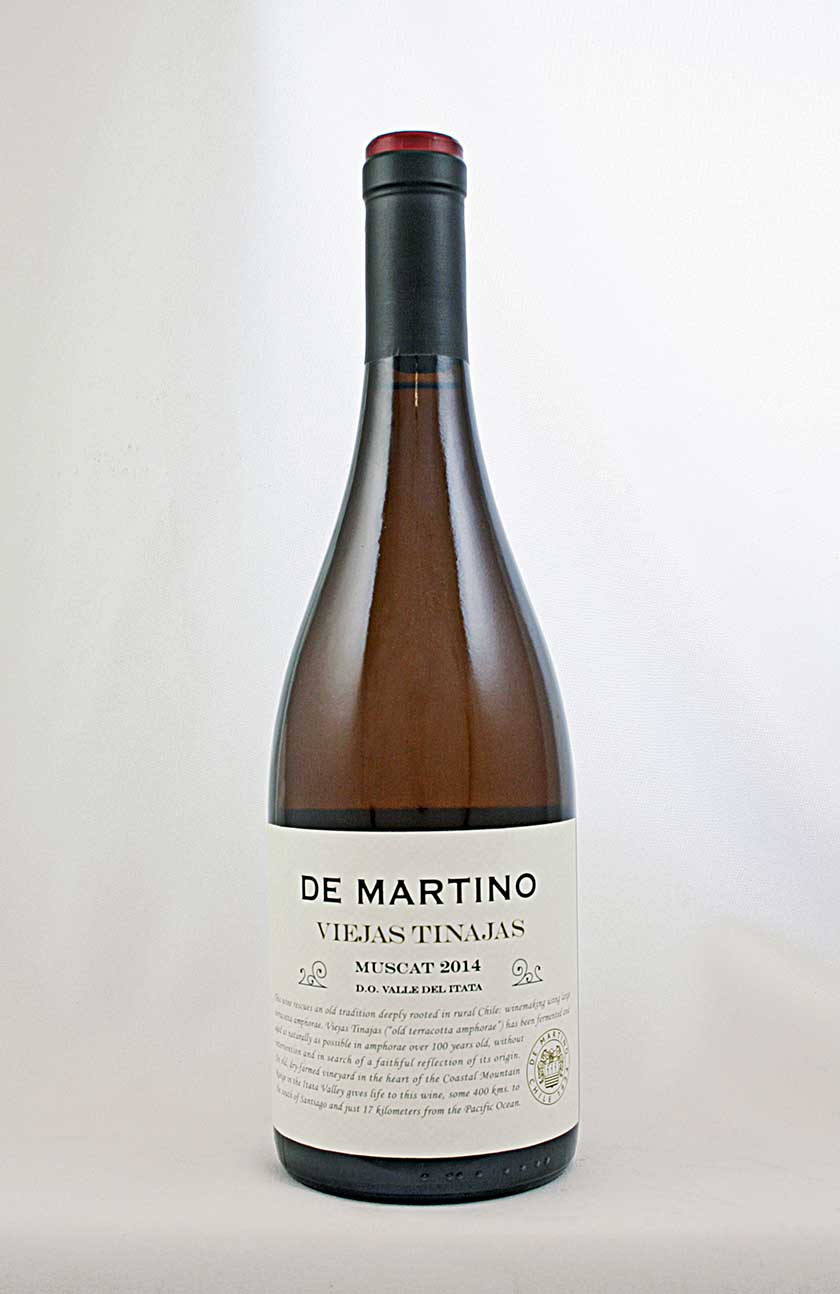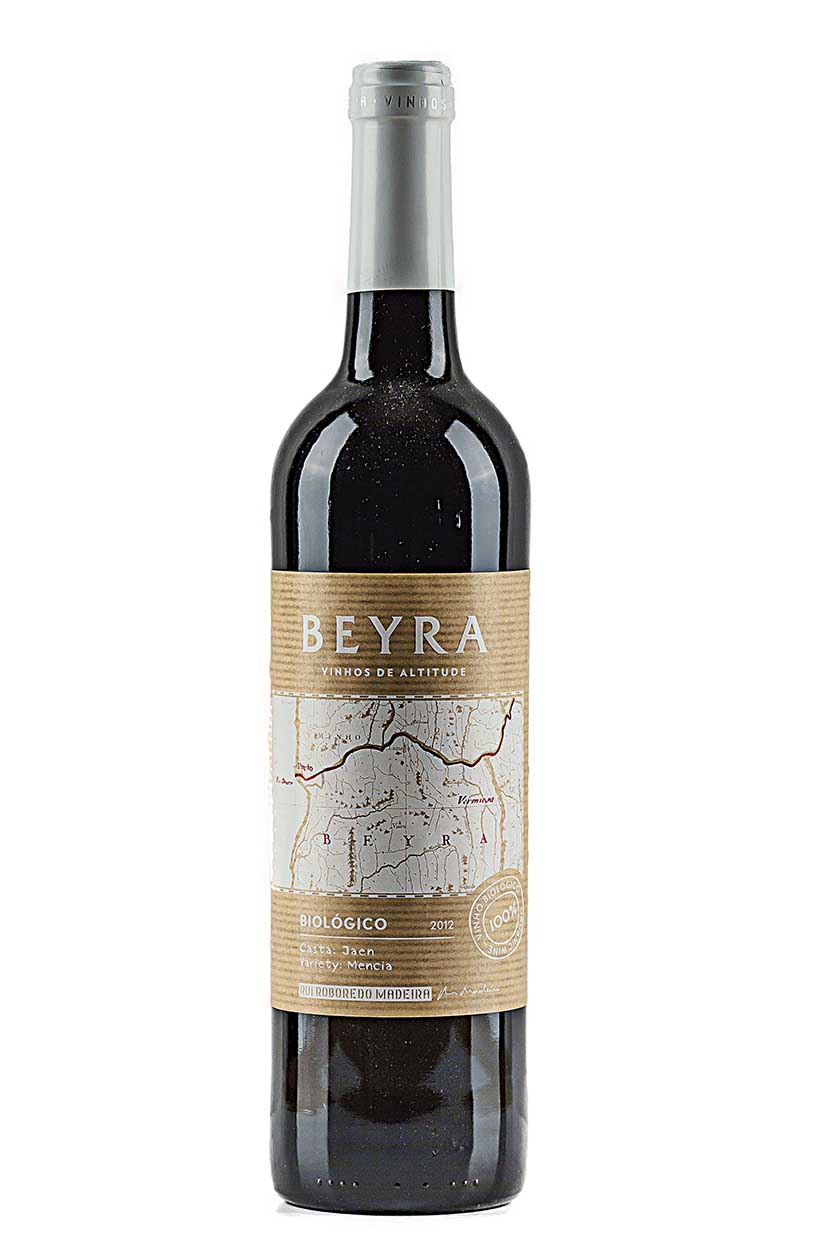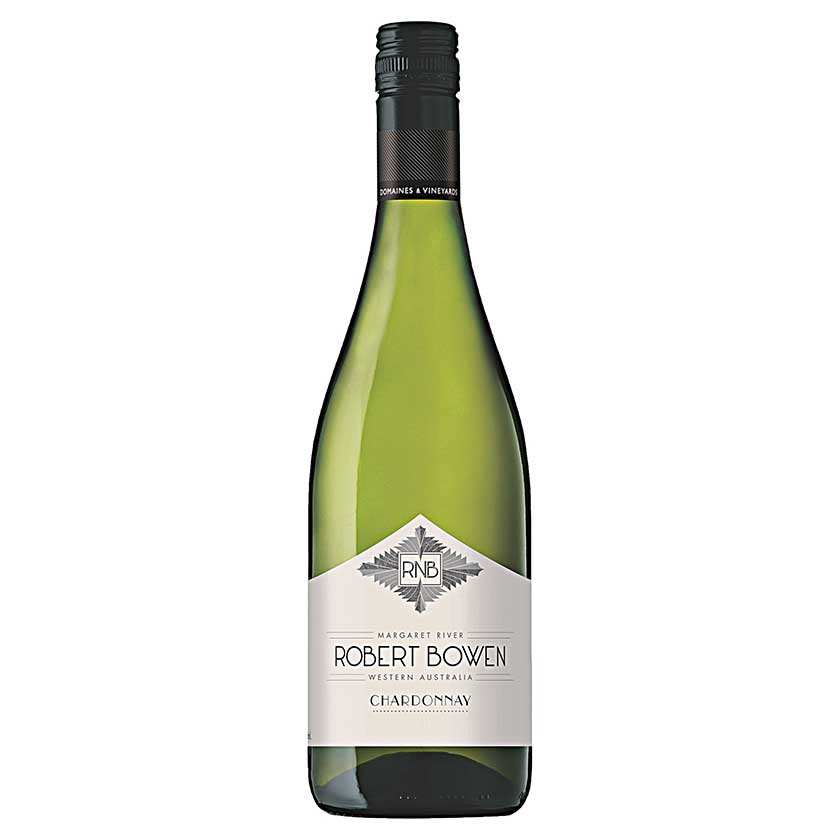Get Premium access to all the latest content online
Subscribe and view full print editions online... Subscribe
This month, Adam Lechmere talks books. Namely, the time he turns to for clarification on all things wine. Gen up on the terms you’ll be hearing this year
A review copy of my favourite wine But one new section in particular book slammed onto the doormat the captures the zeitgeist: ‘Earthworms… other day. The fourth edition of the Segmented animals, which have an Oxford Companion to Wine comes important role in improving soil with a sticker proclaiming it ‘The Greatest Wine Book Ever Published’ (Washington Post). I’ve known the OCW since I started writing about wine in the late Nineties. Its editor, Jancis Robinson, is a critic of great renown (even her assistant, Julia Harding, is a Master of Wine). It has authority running through it like the stripes in a tube of toothpaste.
Not only is this an encyclopaedia of all things wine (there are 4,000 entries), it’s also a barometer of changing fashions. The new edition has 250-odd new terms, and is a snapshot of how things have changed since the last edition (2006).
New entries include the expected, like ‘blogs’, and obscure terminology such as ‘botryosphaeria dieback’, ‘prodelphinidin’ and a plethora of newly fashionable grape varieties like Swiss Arvine, or Croatia’s Malvasija Istarska. There’s an entry for the film Sideways, and for wine pouches and plastic bottles.
But one new section in particular captures the zeitgeist: ‘Earthworms… Segmented animals, which have an important role in improving soil conditions for plant growth.’ The fact the humble worm should get its own paragraph is a small indication of how the artisan revolution in wine, with its emphasis on natural, has taken hold.
‘Soil’, which the OCW covers over nine pages, is where it all begins. If that seems obvious, you have to remember that until recently most winemakers and vineyard managers tended to view soil as a medium that had to be controlled with chemicals. They didn’t see it as a living, organic presence as important to healthy grapes and vibrant wines as the vine’s root itself. Indeed, winemakers hardly ever went near the vineyard – in all the photos they’re in the lab in a white coat, peering into test tubes.
As Robinson points out, artisan winemaking harks back to a simpler age. ‘People making wine today might disapprove of their parents’ methods – like the emphasis on quantity above quality – so they’re turning back to the way their grandparents made wine,’ she says. Marcelo Retamal, who makes the Viejas Tinajas Muscat (below), is one of these people, using grapes from old, unirrigated vineyards, fermenting them in 100-year-old clay amphorae, ‘in search of a faithful reflection of the wines’ origin’, he says.
Today’s winemakers like to zoom in on the microscopic rhythms of growth and transformation. One told me recently how he loves walking behind the ploughman and his horse. ‘If you are on a tractor you focus on the end of the row. If you are walking, you will be looking at each individual vine.’
Robert Bowen, whose chardonnay I’ve recommended below, echoes this, says: ‘A winemaker must respect the intrinsic value of each patch of vines… if they are not the viticulturist they must be his shadow.’
The OCW, in its dry, competent way, celebrates this focus on the land. The list of new entries includes ‘structure’, ‘harmony’, ‘ecosystems’, and ‘microbial terroir’. There is ‘carbon’, ‘calcareous’, and ‘gneiss’. The best wine book in the world? It’s almost poetry.
Lusciously sweet but achingly dry. A complex wine, with juicy exotic fruit and spine- tingling acidity. Serve with seafood.
Available at:Caves de Pyrene

Mencia from Portugal (near enough to its Bierzo homeland). It’s full of cherry-red fruit, fine tannins and good, fresh acidity. Best with lamb.
Available at:Wine Society

Posh Aussie chardonnay canbe world class. Ripe melon and honey, followed up with cleansing rush of acid and spice.
Available at:Waitrose

A dense, meaty nose and intense, mineral palate with peppery damson notes. Fresh and unpretentious. Best with game.
Available at:Oddbins

Cabernet Franc is officially hip. You’ll loves its modern, stripped-down feel, ripe fresh redcurrant and acidity, the sweet tannins. Good with pork belly
Available at:Slurp

Subscribe and view full print editions online... Subscribe